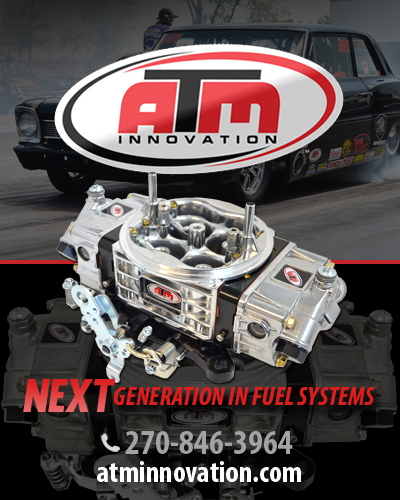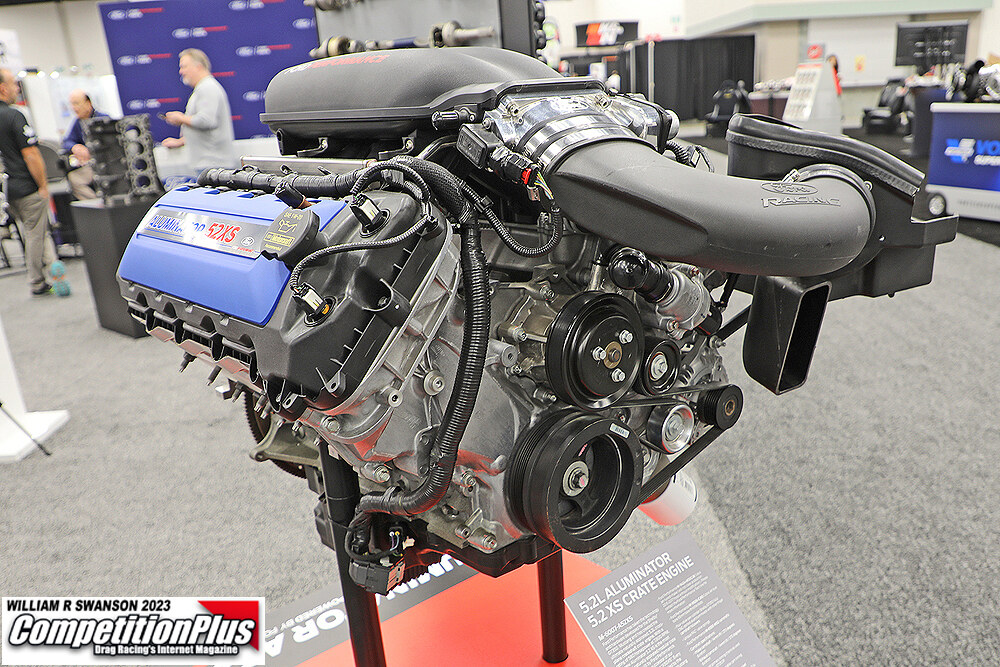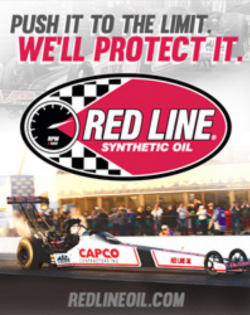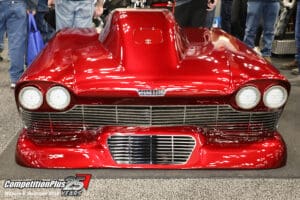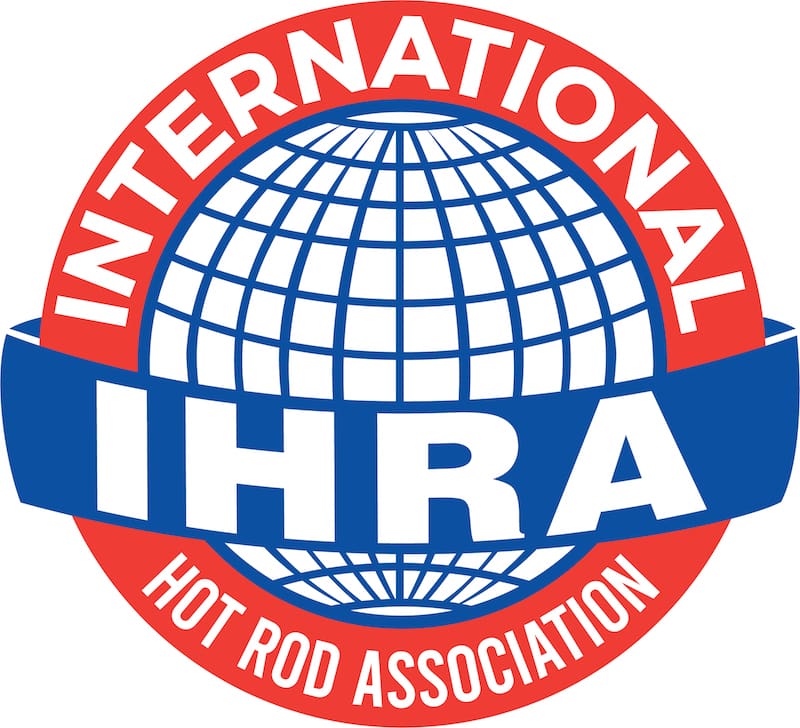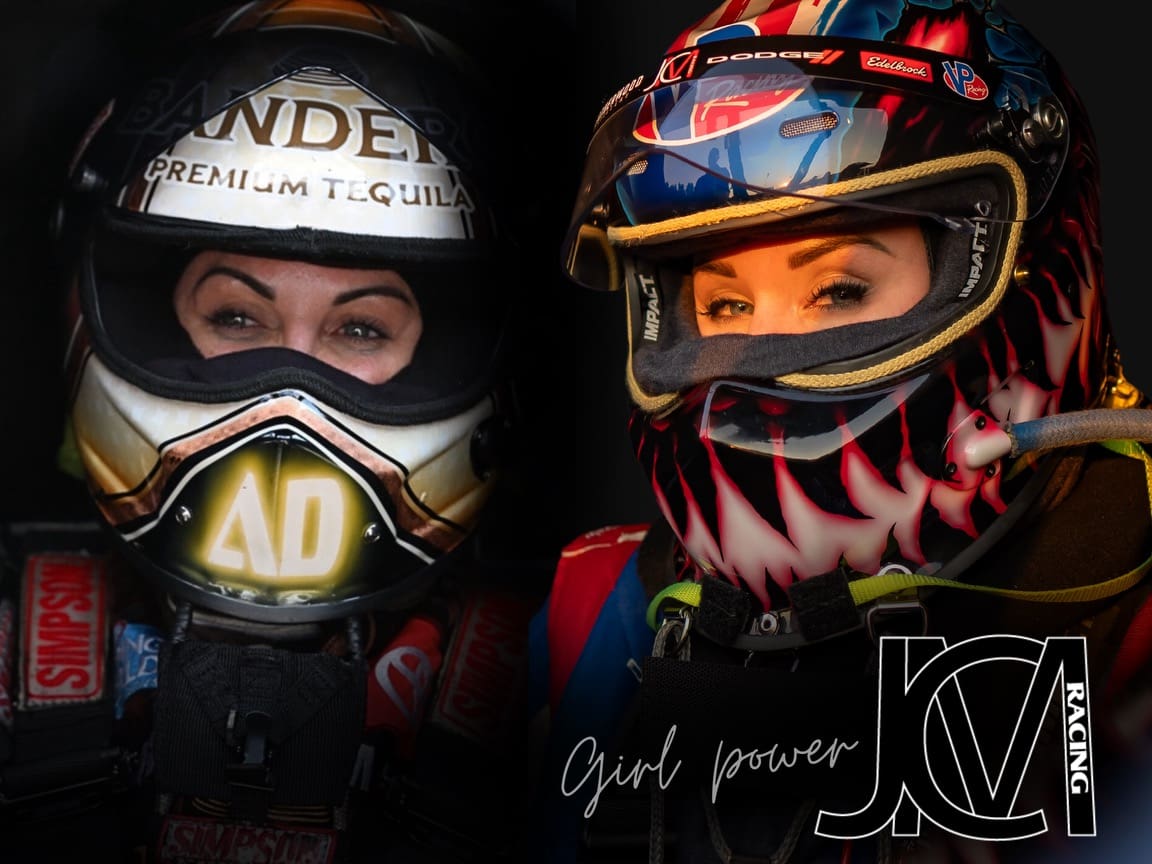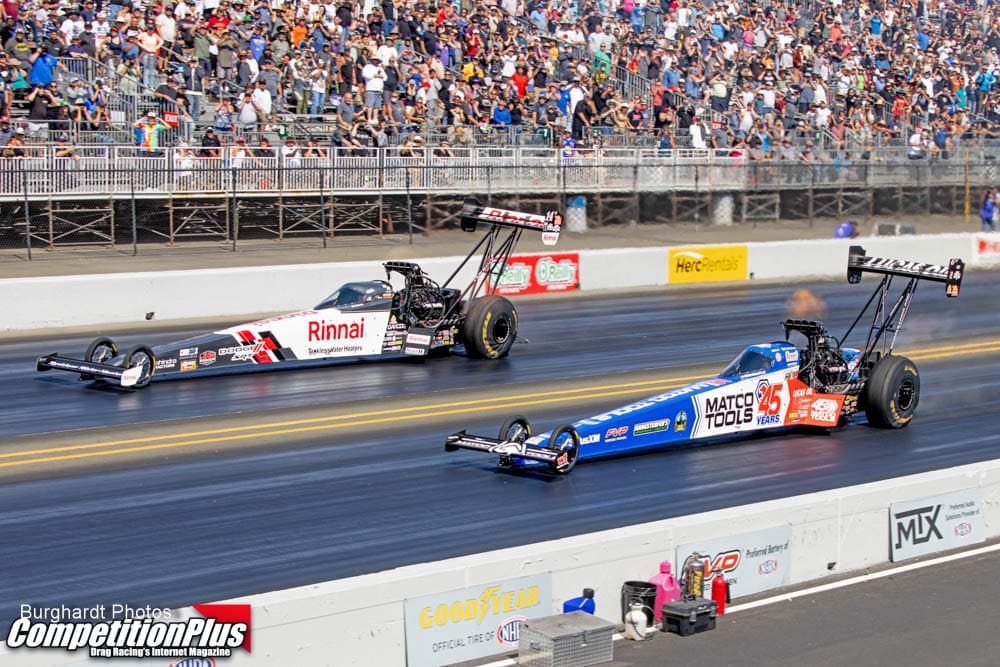
Alan Johnson knows both ends of the emotional spectrum at Lucas Oil Raceway Park, the legendary drag strip located in Indianapolis.
An iconic tuner by all nitro standards, Johnson has won drag racing’s most prestigious event, the Chevrolet Performance NHRA U.S. Nationals, an incredible eight times while crew chief for four different drivers. Three times he won it as a team owner, most recently in 2013 with Shawn Langdon.
However, the one driver Johnson should have won the race with, weighs on his heart like a ton of bricks.
This weekend will mark 20 years since Blaine Johnson, Johnson’s little brother, after setting low elapsed time at the 1996 U.S. Nationals, was killed in an accident at the Indianapolis facility.
Blaine lost control of the dragster when an engine explosion sent shrapnel into the rear tires, forcing both to explode and take out the wing above the rear of the dragster. He was simply left as a passenger in the dragster as it hit a shutdown turnout in the left-lane guardrail at an angle, and then hit the right guardrail.
Blaine’s last run, 4.61 seconds at 309 miles per hour, stood as low elapsed time of the event and was just .02 off the world record he’d established earlier in the year.
August 31, 2016 marked 20 years since Johnson experienced his most heart-breaking moment at a drag strip.
The brotherly bond Johnson and Blaine shared went well beyond the drag strip, and began on a dairy farm in Santa Maria, Ca. They were youthfully exuberant brothers, testing the bounds of their toys before graduating to gas-burning vehicles. They loved to play hard.
Playtime came only after their chores were completed. Little did the Johnson brothers realize, this work ethic would establish the foundation for one of the most revered drag racing combinations later in life.
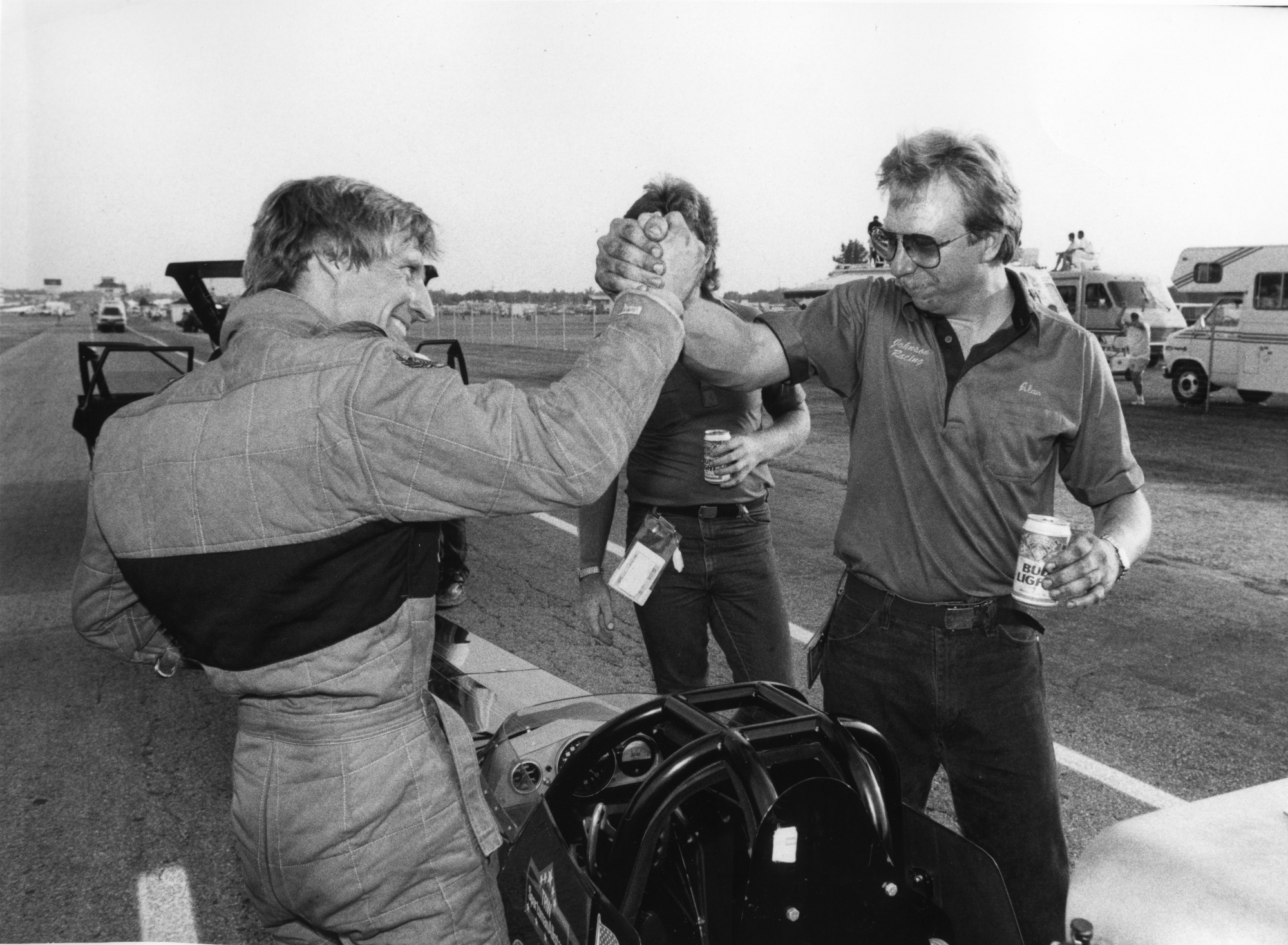
One might find it utterly ridiculous to believe a gentleman known to be the nitro whisperer gained his work ethic underneath a cow.
“I didn’t’ have to milk the cows all the time, but I did that as a fill in when everyone else had the day off,” Johnson admitted. “I always worked. I started off with hoeing weeds and irrigating and driving the tractor. We did everything. No one had a specific job.”
The after-hours presented much more fun.
“We had the most fun with the mini-bikes and go-carts,” Johnson said. “We did our time racing the Hot Wheels cars and stuff like that. We made the most of what we had. When you grow up on a farm, you are limited.”
Johnson didn’t mind his best friend just happened to be his little brother, four years his junior.
“When you live on a farm, your closest neighbor was two miles away, then you get pretty close to your brother,” Johnson said. “We were friends, but we fought just like any brothers would.
“I always won, until my mom intervened. (laughs).”
The one time they rarely disagreed was when moments of horsepower were involved. The brothers had two rides and one mechanic.
“When I had my mini bike, he had a go-cart,” Johnson said with a smile. “Then I got a motorcycle, and he got a smaller motorcycle. That’s kind of the way it went. I would fix the stuff. It would break, and I would pull it into the shop and when I’d leave there’d be a pile of old tools that were still in the same spot.
“I’d never put them away because as soon as it was fixed and ready to go, I was out of there. I didn’t have time to put stuff away.”
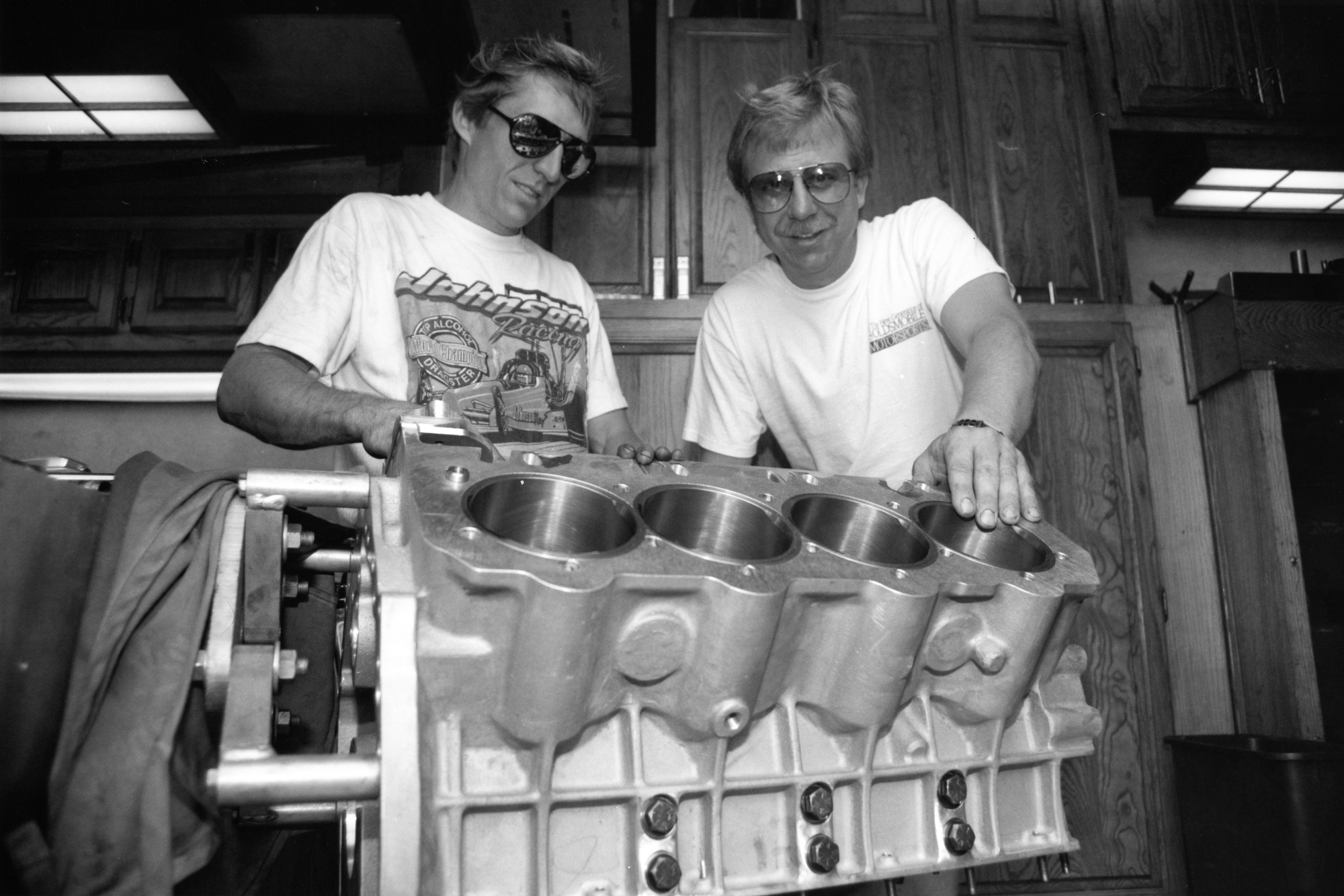
Johnson went drag racing years later, and Blaine followed. Unlike in their childhood, the finances for a two-car team just didn’t exist and the brothers reverted to their old ways. Blaine would drive it, and Johnson would fix it and make it run faster.
“When he got in the car, then I just became the crew chief and I wasn’t the driver anymore,” Johnson said. “It works better when the driver doesn’t have to worry about making the car run. All he has to do is drive it. It works better.”
Much to the chagrin of the competition the combination worked better than better. In just their second race ever, the Johnson brothers won the 1988 NHRA Gatornationals in the Top Alcohol Dragster division, a stepping stone to the Top Fuel division. They made winning look effortless, scoring four consecutive series championships.
“We believed we’d be dairy farmers the rest of our lives,” Johnson admitted. “We at least never dreamt we’d be professional racers. But we were used to working on a dairy farm where you kind of get accustomed to work so when you’re out on the road racing, it doesn’t matter how much work is involved, it’s nothing like being on a dairy farm.
“We were a bit surprised that success came so early because we did set our standards pretty high. We were fortunately raised with a work ethic that allowed us to work as hard as we needed to achieve the goals that we set for ourselves.”
In many ways, the Blaine Johnson and his family epitomized what is good and decent about drag racing. Without a big sponsor they won … in fact, they won a lot using talent, heart and guts to get the job done. – Steve Evans

he brothers stepped up to the professional ranks in 1994, but a pesky ignition problem kept them from qualifying for the first four races. They took a few races off, diagnosed the issue and never missed the cut again.
The brothers continued to grow in 1995 reaching the finals four times, winning the final event of the season. It was the motivation they needed to create a championship run. .
Blaine won three national events and set the NHRA national elapsed time record of 4.592 early in the season. He was the odds-on favorite to capture the 1996 Top Fuel championship after leading the point championship since April.
“Winning the Top Fuel championship was our one and only goal,” Johnson said. “As soon as we broke through with one win we thought we could keep it going. It certainly wasn’t easy but that was our dream. We wanted to win. We were all about winning. We thought we could win so we worked as hard as we could to try to reach that goal.”
The Indianapolis tragedy almost ended one of the greatest legacies in drag racing. Johnson admits he wrestled within himself whether he should move forward or quit.
“It was pretty hard to go back out there,” Johnson said. “Part of the reason we came back was to not let my brother’s memory fade away. We wanted to make sure he was recognized as a great racer for years and years to come. We figured the best way to do that was to keep racing.”
Johnson figured the best way to honor his brother’s memory was through success. His success only presents a lingering question of what they could have accomplished together.
There’s no doubt Blaine would be proud when examining his big brother’s accomplishments.

“I feel his spirit with me all the time.”
When Johnson rebounded in 1997, along with driver Gary Scelzi, they went on to win three of the next four NHRA Top Fuel championships, finishing second in the only one they didn’t win. Together they amassed 24 national event wins. He then tuned Tony Schumacher to five consecutive NHRA Top Fuel championships before leaving Don Schumacher Racing to field his own team and adding two more championships as a team owner with sponsorship from the country of Qatar.
Johnson’s Alan Johnson Performance Engineering [AJPE] brand has come a long way since those days of leaving tools laying around in the shop, to a proven innovator of cylinder heads and engine blocks which have been a factor in ensuring nitro cars are running quicker and faster than ever.
Johnson is still very much active in the field, serving as a consultant to John Force Racing and Steve Torrence Racing in an informal strategic alliance between two single-car teams. Together they have produced five wins, four runner-up finishes and 11 No. 1 qualifiers in 17 races.
Johnson isn’t done yet. He wants to return to his role as team owner, and he’s clearly got defined goals; even though it’s apparent he’s got little left to prove.
“I think the only thing is maybe to bring another sponsor into the sport,” Johnson said. “I want to try to help the sport grow. I’m the president of Professional Racers Organization now. I need to do my best to try and keep the sport healthy and headed in the right direction.”
The right direction, Johnson surmises, is the one he and Blaine were headed in before his last pass.













